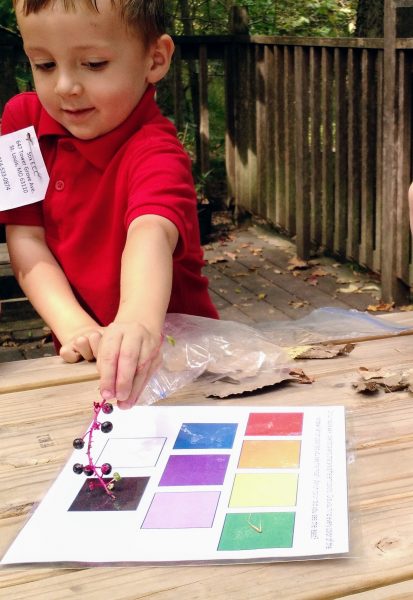A second grader at another school loses the ball during recess and, in the process of recovering it, discovers “a magical wonderland.” See earlier blog post. The second graders convinced their teacher to allow them to return to the “magical wonderland” where they proceeded to create their own village, including residences, businesses and recreational facilities—all consisting of natural materials already in the area. Before they knew, they were doing reading and writing assignments in their village.
The above vignettes are examples of a educational practice that can be summarized in one word: choice. To elaborate,
The work teachers and learners do together is infused from the beginning with learner choice, design, and revision. The central focus of the work grows out of learners’ interests and concerns. Most problems that arise during classroom activity are solved in collaboration with learners, and learners are supported in the development of their ability to solve problems and accept responsibility. (Starnes and Carone, 2006)
The above quote has a title: Foxfire Core Practice 1. Some background: The Foxfire Approach to Teaching and Learning is a teacher-initiated approach to teaching that has been refined over five decades. Read more about the history of Foxfire.

The implementation of Core Practice 1 does not mean that the teacher turns over learning to the students. There really are curriculum standards to address and achieve! No choice there. But there is no mandated means by which those standards are to be achieved. Here, there is choice: teacher and student. However, students typically need help making good choices that result in academic achievement. They need help developing their decision-making skills. They need to be offered choices that are meaningful and appropriate. This type of teaching, sometimes deemed democratic education, provides a method and an outcome: students who are prepared to effectively engage in the democratic process, in the classroom and throughout life.
Most of us didn’t experience this in the classrooms of our childhood. So, we need to be intentional and systematic if we hope to apply practices, like the one above, in our classrooms. Effective Outdoor Learning and Place-based Learning are realistic frameworks for dabbling in the Foxfire Core Practices. There are ten or eleven of them, depending on where you look.
Interested in knowing more about the Foxfire Approach to Teaching? Let’s talk.
The above quote is found on page 16 of From Thinking to Doing: The Foxfire Core Practices by Bobby Ann Starnes and Angela Carone, with Cynthia Paris (2006, The Foxfire Fund, Inc.)